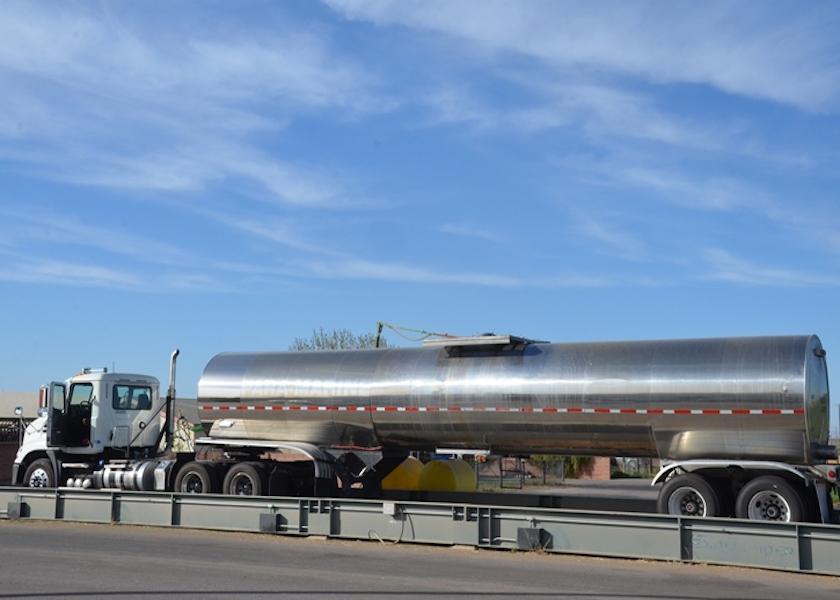Where Are All the Truckers?

Coming soon to an industry near you (or already here): a truck-driver shortage.
There’s currently a nationwide deficit of both long-haul and short-run truck drivers, and it will impact the transit of feed, fuel, bulk milk and processed dairy products – if it hasn’t already.
Economists with American Trucking Associations (ATA) predict a shortage of more than 100,000 drivers nationwide by 2023.
“We’re definitely seeing an impact as we look at our whole supply chain…just getting the trucks where they need to go, getting in and out of warehouses because of workforce and equipment issues,” said Patti Smith, CEO of DairyAmerica, on a recent episode of “The Dairy Download” podcast.
What’s causing the shortage? Like any complicated issue, it appears to be due to several factors, including:
1. Stepped-up demand – The disruptions of COVID-19 in early 2020 caused a slowdown in demand for some trucking services, particularly fuel. The black swan event, coupled with soaring insurance costs, forced some major trucking firms out of business. But as the pandemic wore on, online shopping drove up demand for trucking exponentially. Delivery patterns also changed, as transportation of goods shifted from bulk shipments to brick-and-mortar stores, to individual shipments to consumers’ doorsteps.
2. Aging out – According to ATA, the average age of a U.S. truck driver is 50, while the average age of all American workers is 42. Truck drivers also are entering the profession later in life. Truck-driver-training schools report the average age of their students is 30, even though the minimum age to begin trucking is 21. This leaves fewer working years before truckers reach retirement age.
3. COVID attrition – Some of those older truckers left the profession because of the pandemic. “A lot of drivers didn’t want to do the safety protocols,” said Holly McCormick with Oklahoma tanker company Groendyke Transport. “Many said, ‘I might as well take it as a cue to retire.’”
4. Training delays – COVID also caused driver training schools to shut down temporarily. Some students have not returned, while others are delayed in their progress, stemming the pipeline of new, qualified drivers.
5. New standards – The U.S. Commercial License Drug and Alcohol Clearinghouse went online in January 2020. The database identifies truckers with prior drug or alcohol violations or failed drug tests. McCormick said 40,000 to 60,000 drivers have been removed from the profession as a result.
6. Short-haul opportunities – When given the choice, many drivers prefer local, short-run trucking jobs that keep them in their own beds every night, versus over-the-road gigs. Phil Plourd, president of Madison, Wis.-based dairy research firm Blimling and Associates, said on a recent webinar that when local economies provide driver opportunities -- as is currently happening in the booming U.S. oil business – the supply of long-haul drivers declines.
7. Shifting career choices – Trucking in general currently appears to be a less-preferred profession for blue-color workers. According to Coyote, a subsidiary company of UPS, younger workers still are entering the logistics industry, but are choosing warehouse jobs over trucking. More than 62% of warehouse jobs currently are filled by people under 45.
While the truck-driver shortage will affect virtually all U.S. commerce, fuel is the current flashpoint. The National Tank Truck Carriers estimate that between 20-25% of fuel tankers in the national fleet are parked heading into summer due to a shortage of drivers.







